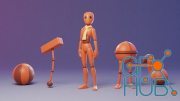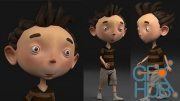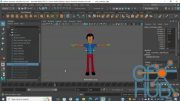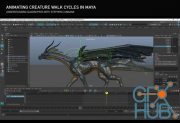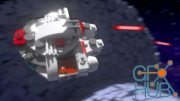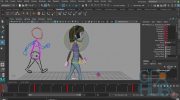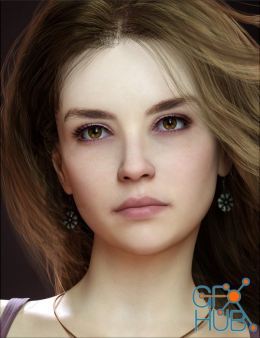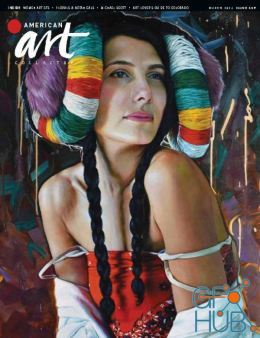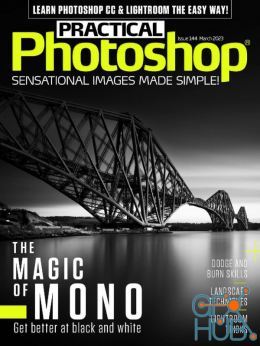3D Walk Cycle Animation Using Autodesk Maya
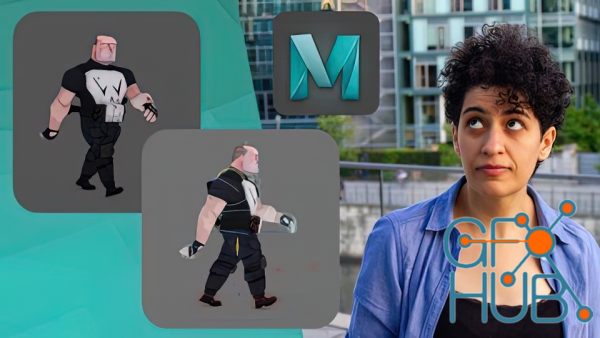
Udemy - 3D Walk Cycle Animation Using Autodesk Maya.
Learn how to animate a generic human walk cycle
What you'll learn
How to animate a human walk cycle in 3D
How to create a smooth and balanced walk cycle
Maya Keyframe animation, from blocking to refining
Maya framework using Timeline, Auto-keying, Ghosting, Graph Editor
How to create and set a Maya Project
How to reference a rig
How to install and use a Ghosting Script
How to create a mirrored and symetrical posture
How to connect information between the real science of biomechanics and the animation workflow of a walk cycled posses of a walk cycle
Requirements
Prior experience with Maya Interface and Maya Navigation
Prior experience with the Maya's major components for animation: Timeline, Channel Box, Auto Keying, Graph Editor
Prior experience with 3D Keyframe animation
Prior experience in using a character rig but not necessarily a human rig
Description
3D Walk Cycle Animation using Autodesk Maya is an intermediate 3D Animation course that teaches how to animate a human walk cycle.The aim of the course is to showcase the animation pipeline of creating an organic and well-balanced 3D walk cycle. This workflow is the base for both 3D films and games. Throughout the course, we'll build the mechanics of the walk cycle through several and progressive animation passes. You will develop a strong foundation on how to build the animation from blocking the first key contact posses, to cleaning the motion graphs, to adding the final body overlaps.Understanding the mechanics behind real human locomotion is crucial for a walk animation. Therefore, this course offers an insight into human locomotion concepts in connection to the animation pipeline.This course it’s an insight on how to bring that spark of life into a human character and once you follow this workflow you’ll be able to animate any human walk, with any type of rig because the secret is the same.Teaching modulesThe course is being divided into several sections covering all the necessary tools with a 100% real-time animation process and explanations. The workflow is a progressive where each animation pass is being saved as a new Maya scene.The course modules are:Introduction LectureSetting the Maya ProjectAnimation Pass 1. Heel Contact PosturesAnimation Pass 2. Foot Pass PosturesAnimation Pass 3. Squash PosturesAnimation Pass 4. Stretch PosturesAnimation Pass 5. Cleaning the Motion GraphsAnimation Pass 6. Arms OverlapsAnimation Pass 7. Head OverlapsAnimation Pass 8. Feet Grounding and OrientationAnimation Pass 9. Final Cycle and Good ByeWhat you’ll learn in this courseA human walk cycle is known as a gait cycle where each walking step is being build up from 4 key poses: the heel contact, the squash pose, the passing pose and the stretch pose, after which we walk back into the the second step. This course is approaching all this in great detail.As animators, we must use real world principles in order to capture the illusion of a believable motion. So the course starts with a short lecture on Animation Resources and Workflows but also a brief into the real science of Bio-mechanics for Human Locomotion.Then, we gonna approach the animation task with a plan in how to address all the animation passes. This approach optimizes the process and creates clarity. Therefore, each animation pass or course section starts with a few minutes introduction around what we need to accomplish. And then, then will jump into action.The working files 1 Maya project containing 10 different *.ma files, each file represents an animation pass, from blocking version to final version1 JPG file as a walk cycle animation planning sheet1 Ghosting Script, free resource1 Character Maya rig with texture files, free resource4 playblast Videos of the final Walk Animation (front, back, side, perspective views)Specific animation tools and frameworksMaya Project and File ReferencingTimeline, Auto-keying, Graph EditorCreating a custom shelf with shortcuts and toolsInstalling and using a Maya Ghosting ScriptAfter this courseRemember, the walk cycle animation is an extremely knowledgeable process in learning character animation, with the right rig and the right application of animation principles this course gives you a very solid foundation for bio-mechanics animation.Once you understand the mechanics and workflows of the generic human locomotion, you'll get a huge boost of confidence and skills. You’ll be able to animate any type of animation walk cycle, any type of personally walk, using any type of human character.
Overview
Section 1: Introduction Lecture
Lecture 1 The most common resources
Lecture 2 The science of biomechanics
Lecture 3 The animation workflow
Section 2: Setting the Maya Project
Lecture 4 Working files
Lecture 5 Project folder and rig reference
Lecture 6 Creating a custom shelf
Lecture 7 Instaling a ghosting script
Lecture 8 Reference image and reference camera
Lecture 9 Animation preferences
Lecture 10 Testing the rig
Section 3: Animation Pass 1. Heel Contact Postures
Lecture 11 Introduction
Lecture 12 Right side posture
Lecture 13 Left side posture
Section 4: Animation Pass 2. Foot Pass Postures
Lecture 14 Introduction
Lecture 15 Right side posture
Lecture 16 Left side posture
Section 5: Animation Pass 3. Squash Postures
Lecture 17 Introduction
Lecture 18 Right and left sides
Lecture 19 Fixing the left foot
Lecture 20 Arms swing
Section 6: Animation Pass 4. Stretch Postures
Lecture 21 Introduction
Lecture 22 Right and left sides
Section 7: Animation Pass 5 . Cleaning the Motion Graphs
Lecture 23 Introduction
Lecture 24 Global and root controls
Lecture 25 Hip swinger control
Lecture 26 Chest, head and neck controls
Lecture 27 Clavicles, shoulders, elbows and wrists controls
Lecture 28 Feet and ankles controls
Section 8: Animation Pass 6. Arms Overlaps
Lecture 29 Introduction
Lecture 30 Right arm overlap
Lecture 31 Left arm overlap
Lecture 32 Fingers overlap
Section 9: Animation Pass 7. Head and Neck Overlaps
Lecture 33 Introduction
Lecture 34 Head and neck overlap
Section 10: Animation Pass 8. Feet Grounding and Orientation
Lecture 35 Feet grounding
Lecture 36 Feet orientation
Section 11: Animation Pass 9. Final Cycle and Good Bye
Lecture 37 Final walk cycle on place
Intermediate users of Maya Animation,3D Animation and Game Design students,Anyone with a desire to learn how to animate a walk cycle in Maya,Anyone with a desire in learning character animation
Download links:
3D Walk Cycle Animation Using Autodesk Maya.part1.rar
3D Walk Cycle Animation Using Autodesk Maya.part2.rar
3D Walk Cycle Animation Using Autodesk Maya.part3.rar
3D Walk Cycle Animation Using Autodesk Maya.part4.rar
3D Walk Cycle Animation Using Autodesk Maya.part5.rar
3D Walk Cycle Animation Using Autodesk Maya.part6.rar
3D Walk Cycle Animation Using Autodesk Maya.part2.rar
3D Walk Cycle Animation Using Autodesk Maya.part3.rar
3D Walk Cycle Animation Using Autodesk Maya.part4.rar
3D Walk Cycle Animation Using Autodesk Maya.part5.rar
3D Walk Cycle Animation Using Autodesk Maya.part6.rar
Comments
Add comment
Tags
Archive
| « December 2025 » | ||||||
|---|---|---|---|---|---|---|
| Mon | Tue | Wed | Thu | Fri | Sat | Sun |
| 1 | 2 | 3 | 4 | 5 | 6 | 7 |
| 8 | 9 | 10 | 11 | 12 | 13 | 14 |
| 15 | 16 | 17 | 18 | 19 | 20 | 21 |
| 22 | 23 | 24 | 25 | 26 | 27 | 28 |
| 29 | 30 | 31 | ||||
Vote
New Daz3D, Poser stuff
New Books, Magazines
 2022-06-20
2022-06-20

 2 017
2 017
 0
0



